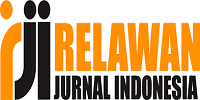Analisis Strategi Pembelajaran Berdiferensiasi terhadap Hasil Belajar Peserta Didik: Systematic Literature Review
DOI:
https://doi.org/10.46963/asatiza.v4i3.1231Keywords:
Learning Outcomes, Differentiated Instruction, SLRAbstract
Educators often have difficulty delivering effective learning when they have to deal with the diversity of learners in one class, resulting in suboptimal learner learning outcomes. The purpose of this study was to determine the effect of differentiated learning strategies on student learning outcomes through a literature review. The research method used is systematic literature review. Data was collected through articles and scientific papers using inclusion and exclusion criteria. Articles focused on differentiated learning strategies and their impact on learning outcomes at secondary and tertiary levels. Articles were selected from 2015 to 2023 using Sinta, Google Scholar, and Scopus. Through identification, screening, and eligibility of articles based on criteria, 16 articles were obtained that met the objectives of the literature review. The analysis showed that 94% of the articles indicated that differentiated learning strategies positively influence learning outcomes. However, it cannot be ignored that 6% of the articles showed that there are situations where differentiated learning strategies do not have a significant impact on learning outcomes in a positive way.
Downloads
References
Abbas, G. A., & Abdurrahman, M. S. (2015). The effectiveness of differentiated instruction on students’ geometric achievement in KEBBI state senior secondary schools, Nigeria. International Journal of Scientific & Engineering Research, 6(1), 1905–1922.
Bahgat, R. M. B., Shehata, G. M. S., Ali, A. B. A., & Salem, M. H. S. (2019). The effect of differentiated instruction on developing english reading comprehension skill of sixth graders., 38(38), 85–99. https://doi.org/10.21608/maeq.2019.140978
Balgan, A., Renchin, T., & Ojgoosh, K. (2022). An experiment in applying differentiated instruction in STEAM disciplines. Eurasian Journal of Educational Research, 2022(98), 21–37. https://doi.org/10.14689/ejer.2022.98.02
Bikić, N., Maričić, S. M., & Pikula, M. (2016). The effects of differentiation of content in problem-solving in learning geometry in secondary school. Eurasia Journal of Mathematics, Science and Technology Education, 12(11), 2783–2795. https://doi.org/10.12973/eurasia.2016.02304a
Chen, J.-H., & Chen, Y.-C. (2017). Differentiated instruction in a calculus curriculum for college students in Taiwan. Journal of Education and Learning, 7(1), 88. https://doi.org/10.5539/jel.v7n1p88
Cooper, H. M. (1988). Organizing knowledge syntheses: A taxonomy of literature reviews. Knowledge in Society, 1(1), 104–126. https://doi.org/10.1007/BF03177550
Deunk, M. I., Smale-Jacobse, A. E., de Boer, H., Doolaard, S., & Bosker, R. J. (2018). Effective differentiation Practices:A systematic review and meta-analysis of studies on the cognitive effects of differentiation practices in primary education. Educational Research Review, 24(December 2017), 31–54. https://doi.org/10.1016/j.edurev.2018.02.002
Fitra, D. K. (2022). Analisis penerapan pembelajaran berdiferensiasi dalam kurikulum merdeka pada materi tata surya di kelas vii SMP. Tunjuk Ajar: Jurnal Penelitian Ilmu Pendidikan, 5(2), 278. https://doi.org/10.31258/jta.v5i2.278-290
Himmah, F. I., & Nugraheni, N. (2023). Analisis gaya belajar siswa untuk pembelajaran berdiferensiasi. Jurnal Riset Pendidikan Dasar (JRPD), 4(1), 31. https://doi.org/10.30595/jrpd.v4i1.16045
Iskandar, D. (2021). peningkatan hasil belajar siswa pada materi report text melalui pembelajaran berdiferensiasi di kelas IX.A SMP negeri 1 Sape tahun pelajaran 2020/2021. Jurnal Pendidikan Dan Pembelajaran Indonesia (JPPI), 1(2), 123–140. https://doi.org/10.53299/jppi.v1i2.48
Iterbeke, K., De Witte, K., Declercq, K., & Schelfhout, W. (2020). The effect of ability matching and differentiated instruction in financial literacy education. Evidence from two randomised control trials. Economics of Education Review, 78(August 2020). https://doi.org/10.1016/j.econedurev.2019.101949
Kado, K., Dorji, N., Dem, N., & Om, D. (2021). The effect of differentiated instruction on academic achievement of grade eleven students in the field of derivative in Bhutan. International Journal of Educational Studies in Social Sciences (IJESSS), 2(1), 27–34. https://doi.org/10.53402/ijesss.v2i1.37
Kamal, S. (2021). Implementasi pembelajaran berdiferensiasi dalam upaya meningkatkan aktivitas dan hasil belajar matematika siswa kelas xi mipa SMA negeri 8 Barabai. Jurnal Pembelajaran & pendidik, 1(1), 89–100. https://www.julak.online/index.php/Jurnal/article/view/46
Laia, I. S. A., Sitorus, P., Surbakti, M., Simanullang, E. N., Tumanggor, R. M., & Silaban, B. (2022). Pengaruh strategi pembelajaran berdiferensiasi terhadap hasil belajar peserta didik SMA negeri 1 Lahusa Jurnal Ilmiah Wahana Pendidikan, 8(20), 314-321. https://doi.org/10.5281/zenodo.7242959
Lin Aprilia, Sutaryadi, & Susilowati, T. (2018). Penanganan perbedaan individual dalam proses pembelajaran stenografi. Jurnal Kependidikan, 6(2), 1–12. https://core.ac.uk/download/pdf/289786419.pdf
Marlina. (2020). Strategi Pembelajaran Berdiferensiasi di Sekolah Inklusif. CV. Afifa Utama.
Muslimin, Hirza, B., Septra Nery, R., Elfira Yuliani, R., Heru, Supriadi, A., Desvitasari, T., & Khairani, N. (2022). Peningkatan hasil belajar matematika siswa melalui pembelajaran berdiferensiasi dalam mewujudkan merdeka belajar. Jurnal Pendidikan Matematika RAFA, 8(2), 22–32. http://jurnal.radenfatah.ac.id/index.php/jpmrafa
O. A. Awofala, A., & O. Lawani, A. (2020). Increasing Mathematics Achievement of Senior Secondary School Students through Differentiated Instruction. Journal of Educational Sciences, 4(1), 1. https://doi.org/10.31258/jes.4.1.p.1-19
Setiani, A. R., Lestari, I., Avianti, M. N., Septiawati, L., Lista, & Saefullah, A. (2023). Pendidikan Biologi, Pendidikan Profesi Guru Prajabatan Fakultas Keguruan dan Ilmu Pendidikan, Universitas Sultan Ageng Tirtayasa , Provinsi Banten , Indonesia. De_Journal (Dharmas Education Journal), 4(1), 90–96.
Smale-Jacobse, A. E., Meijer, A., Helms-Lorenz, M., & Maulana, R. (2019). Differentiated Instruction in Secondary Education: A Systematic Review of Research Evidence. Frontiers in Psychology. https://doi.org/10.3389/fpsyg.2019.02366
Suwartiningsih. (2021). Penerapan pembelajaran berdiferensiasi untuk meningkatkan hasil belajar siswa pada mata pelajaran IPA pokok bahasan tanah dan keberlangsungan kehidupan di kelas ixb semester genap smpn 4 monta tahun pelajaran 2020/2021. Jurnal Pendidikan dan Pembelajaran Indonesia (JPPI), 1(2), 80–94. https://doi.org/10.53299/jppi.v1i2.39
Syarifuddin, & Nurmi. (2022). Pembelajaran berdiferensiasi dalam meningkatkan hasil belajar matematika siswa kelas ix semester genap SMP Negeri 1 Wera tahun pelajaran 2021/2022. Jago MIPA: Jurnal Pendidikan Matematika dan IPA, 2(2), 35–44. https://doi.org/10.53299/jagomipa.v2i2.184
Tomlinson, C. A. (2000). Differentiation of instruction in elementary grades. ERIC Digests, 1–7.
Tomlinson, C. A. (2001). How to Differentiate instruction in mixed-ability classrooms. In Association for Supervision and Curriculum Development.
Undang-Undang RI. (2003). Undang-Undang Republik Indonesia tentang Sistem Pendidikan (UU Nomor 20 Tahun 2003). https://doi.org/10.24967/ekombis.v2i1.48
Wilkinson, S. D., & Penney, D. (2014). The effects of setting on classroom teaching and student learning in mainstream mathematics, English and science lessons: a critical review of the literature in England. Educational Review, 66(4), 411–427. https://doi.org/10.1080/00131911.2013.787971
Downloads
Published
Issue
Section
License
Copyright (c) 2023 Santa Aulia Devi Rachmadhani, Putri Ulfa Kamalia

This work is licensed under a Creative Commons Attribution-ShareAlike 4.0 International License.
Authors who publish with this journal agree to the following terms:
1. Copyright on any article is retained by the author(s).
2. The author grants the journal, right of first publication with the work simultaneously licensed under a Creative Commons Attribution shareAlike 4.0 International License that allows others to share the work with an acknowledgment of the work’s authorship and initial publication in this journal.
3. Authors are able to enter into separate, additional contractual arrangements for the non-exclusive distribution of the journal’s published version of the work (e.g., post it to an institutional repository or publish it in a book), with an acknowledgment of its initial publication in this journal.
4. Authors are permitted and encouraged to post their work online (e.g., in institutional repositories or on their website) prior to and during the submission process, as it can lead to productive exchanges, as well as earlier and greater citation of published work.
5. The article and any associated published material is distributed under the Creative Commons Attribution-ShareAlike 4.0 International License

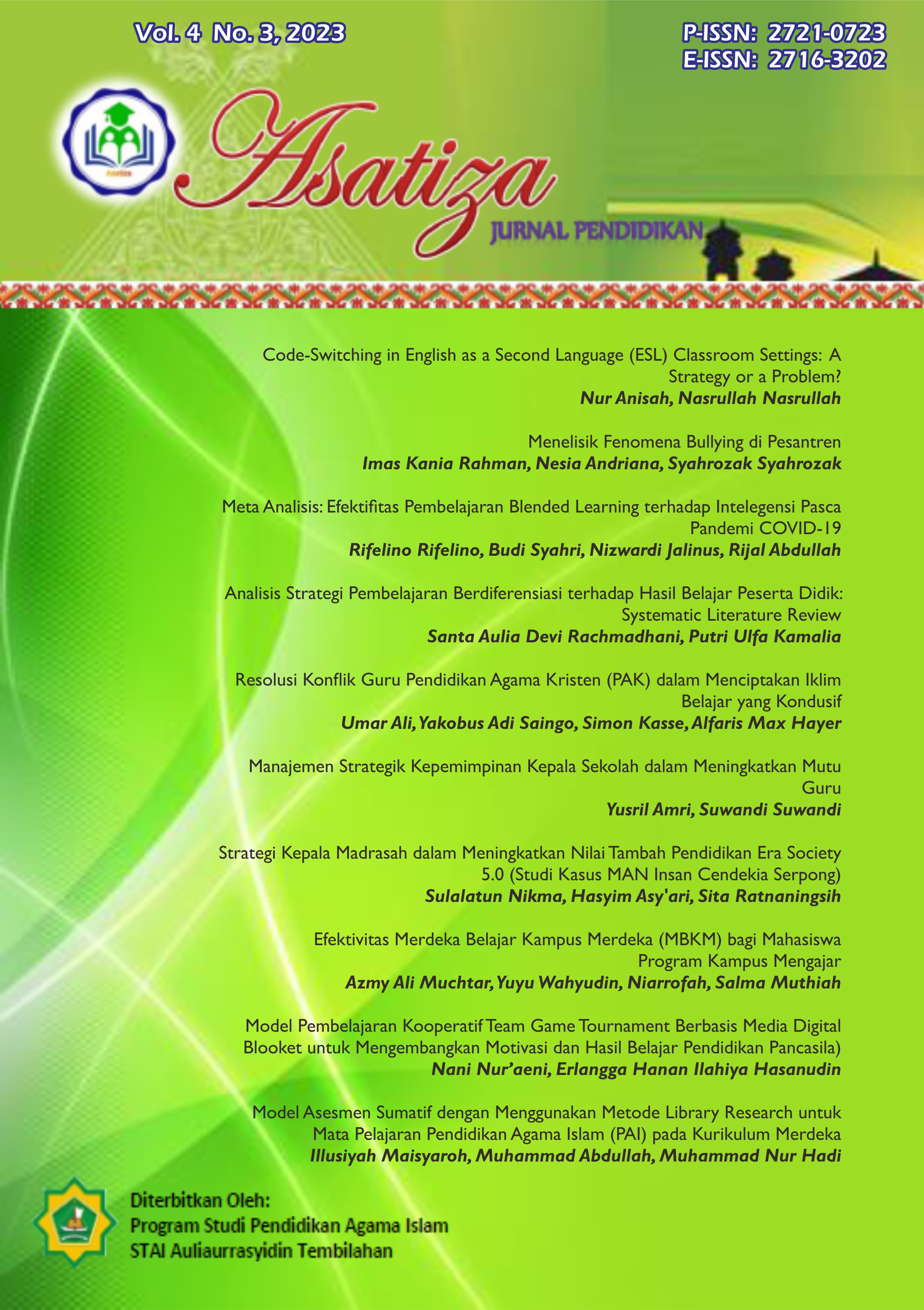




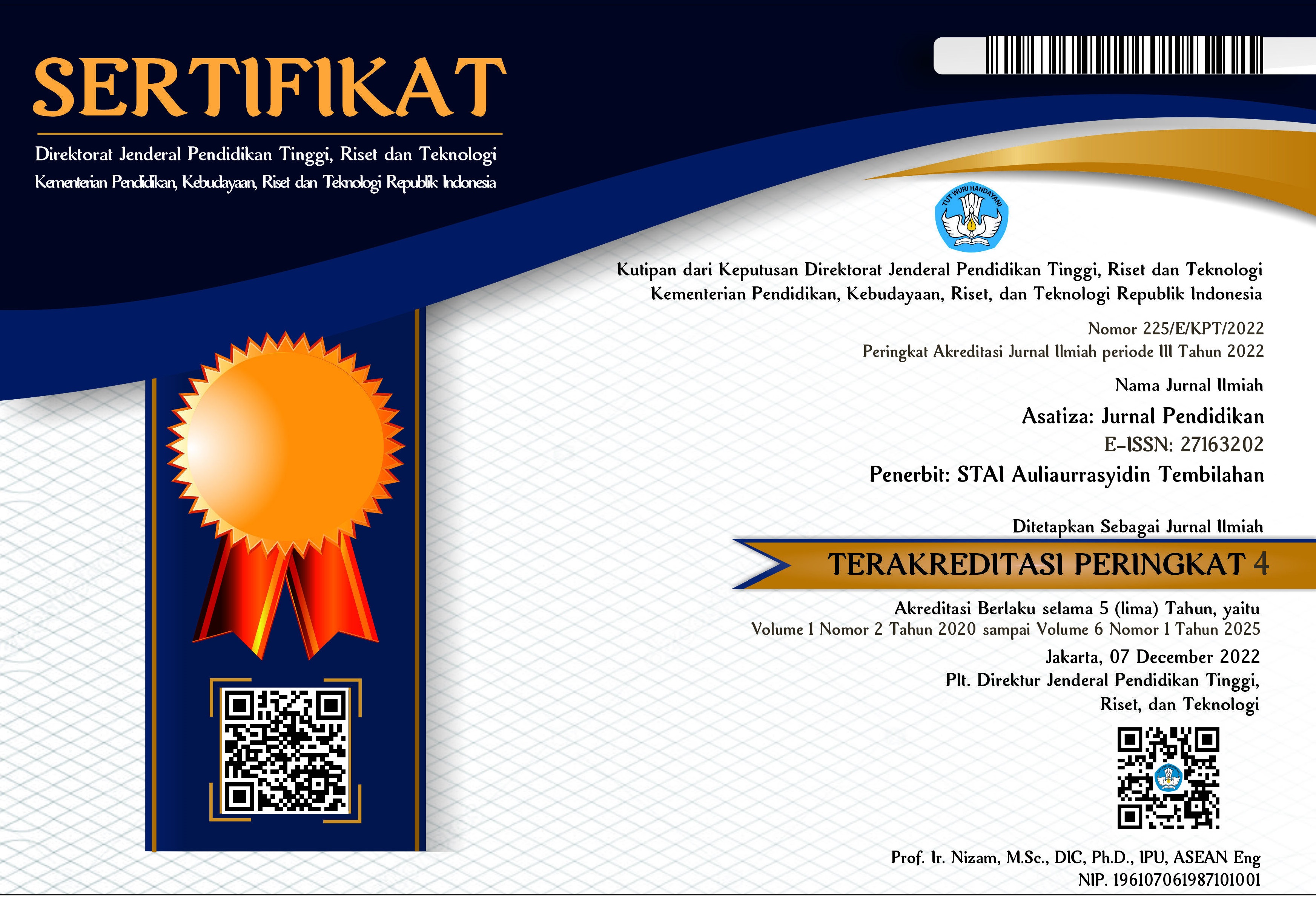


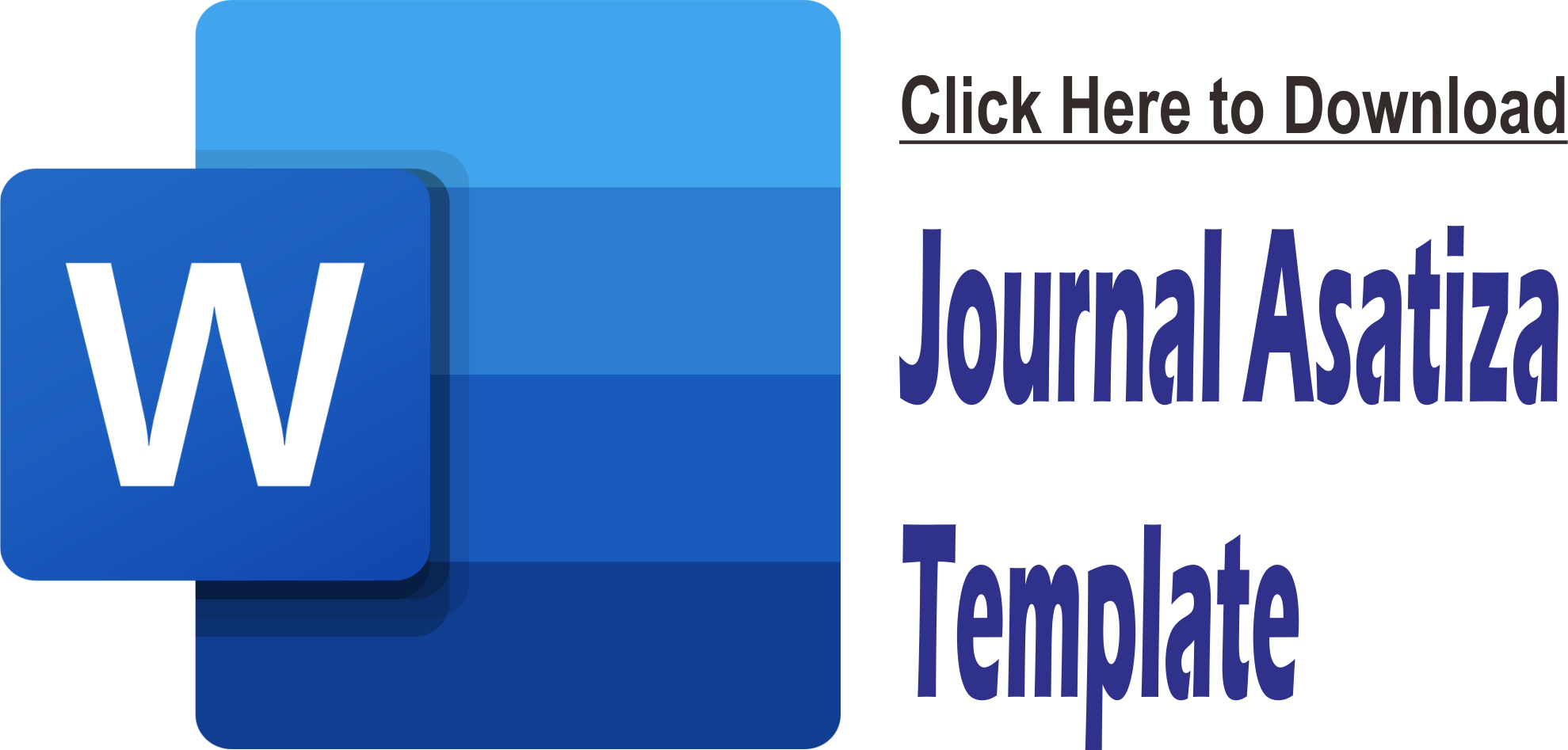
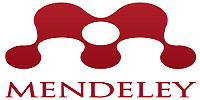
2.png)
